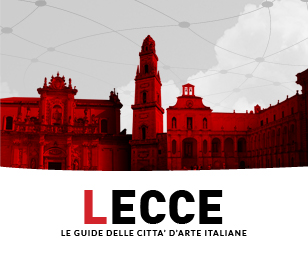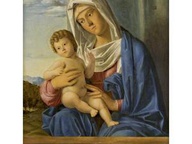Andrea di Pietro della Gondola (Palladio)
Padova 30/11/1508 - Vicenza 19/08/1580

Figlio di un mugnaio, si trasferì con la famiglia a Vicenza nel 1523 dove lavorò come incisore su pietra. Qui nel 1537 avvenne l'incontro con il letterato Giangiorgio Trissino che gli diede l'appellativo di Palladio e lo accompagnò più volte a Roma per consentirgli di studiare i monumenti antichi e i grandi maestri del Rinascimento.
Nel 1549, l'incarico per la Basilica Palladiana di Vicenza, sua prima grande opera pubblica, sancì il successo e lo indicò come architetto privilegiato dall'aristocrazia veneta che gli affidò la costruzione di ville e palazzi. Si tratta di edifici universalmente noti, come Villa Barbaro a Maser o Palazzo Valmarana a Vicenza, con i quali Palladio sperimenta soluzioni e innovazioni delle quali in seguito parlerà nel fondamentale "I Quattro libri dell'architettura" (1570).
Il suo successo raggiunse anche Venezia dove divenne architetto ufficiale della Repubblica (1570) progettando alcune delle chiese più celebri della città, dal Redentore a San Giorgio Maggiore.
Le opere
-
Via della Rotonda 45
-
Via Giacomo Zanella 3
-
Via Venezia 4
-
Via Palladio 44
-
Via Risaie 1
-
Via Castello 43
-
Via Finale 8
-
Chiesa di Santa Corona
-
Corso Palladio
-
Piazza dei Signori
-
Piazza dei Signori
-
Via Eretenio 12
-
Contra' Porti
-
Contra' Porti
-
Corso Palladio
-
Corso Palladio
-
Contra' Porti
-
Corso Palladio
-
Corso Fogazzaro
-
Corso Palladio


























